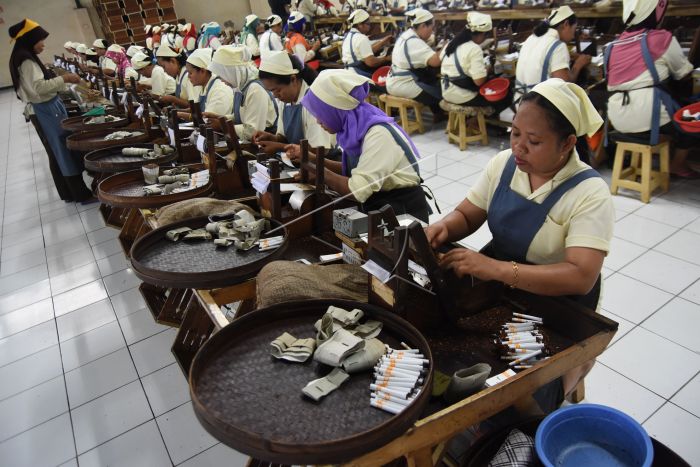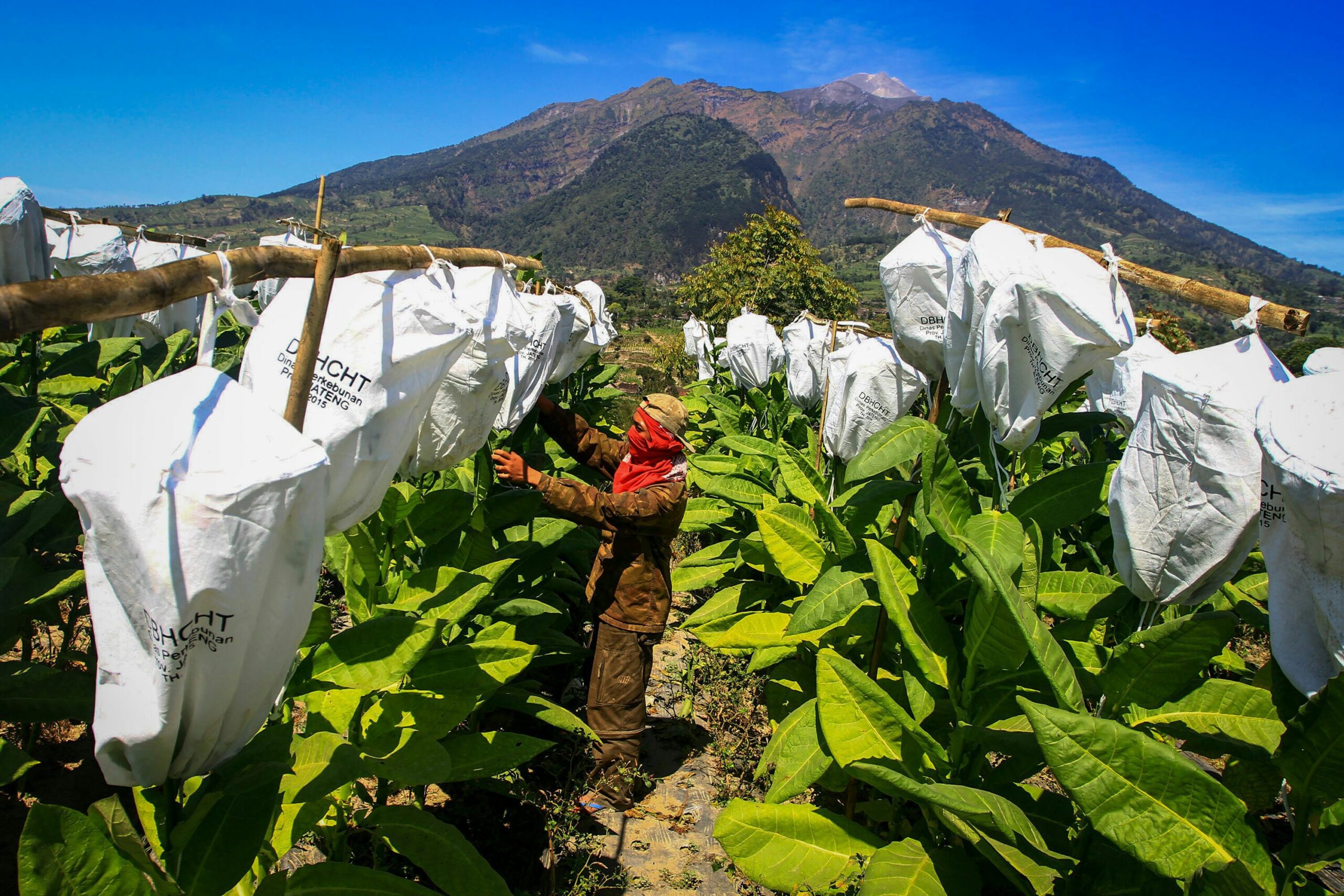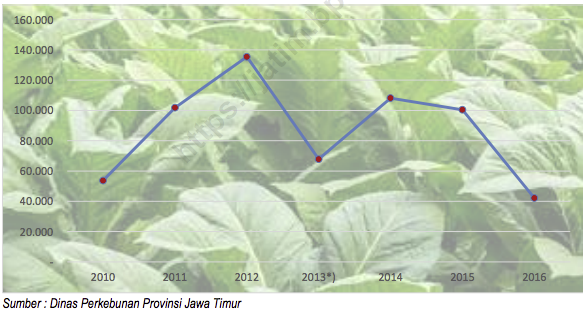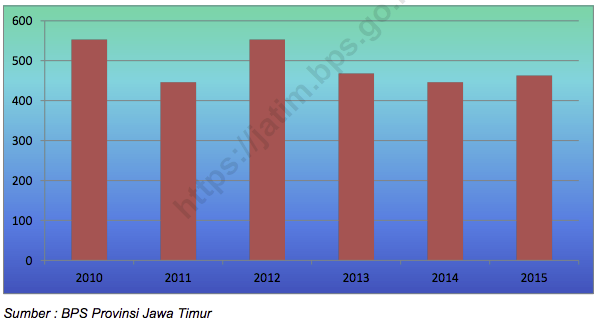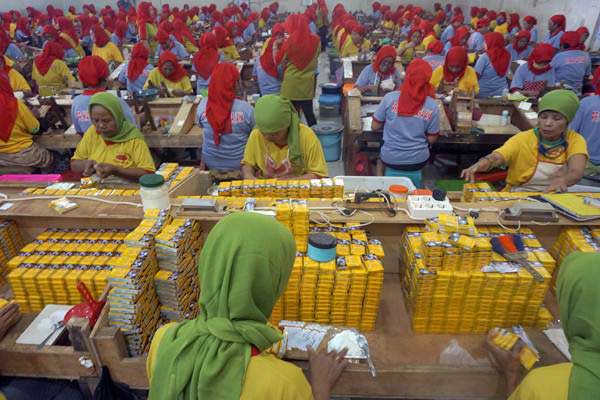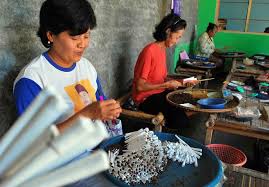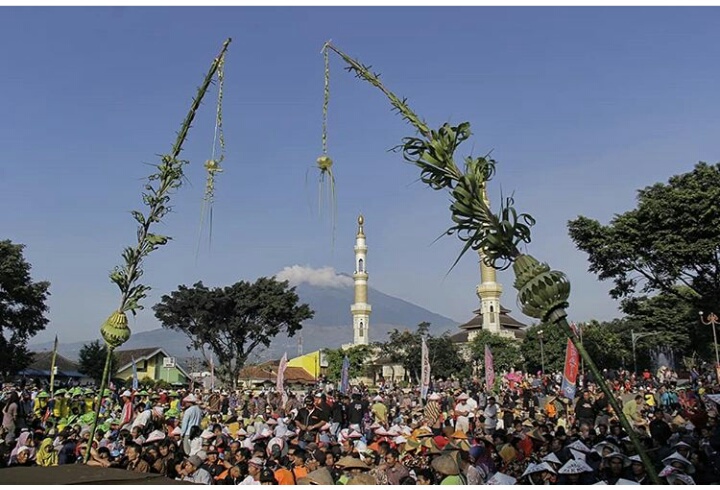Facing the phenomenon of the fourth industrial revolution or more popularly known as Industry 4.0, Indonesia has come up with a roadmap to stay competitive globally. The roadmap “Making Indonesia 4.0”, launched last year, proposes 10 national strategies in revitalizing the manufacturing sector and five priority industries which are perceived to have the capacity and significant impact in the adoption of the fourth industrial revolution. These five industries are food and beverage industry, textile and apparel industry, automotive industry, electronics industry and chemical industry.
In this regard, the current roadmap seems to focus more on adopting frontier skills and technologies, yet less on how to mitigate adverse impact on industries and workers whose skills may become obsolete due to the technological changes that the Industry 4.0 entails. However, a country’s readiness in winning the race in the industrial revolution does not rely only on the former but also the latter.
In this article, I propose to add tobacco industry as a strategic industry to be the champion in starting Making Indonesia 4.0. As both producer and consumer of tobacco products, Indonesia has a unique position to pilot the adoption of the Industry 4.0 on the tobacco industry. I offer four reasons on why this industry is critical in providing learning ground to achieve both aspects of Indonesia’s readiness in embracing the technological transformation of the fourth industrial revolution, ie.the adoption of frontier skills and technology as well as assisting workers who will be adversely impacted by the revolution.
First, tobacco industry has become a sunset industry. As the demand for products of tobacco industry from developed economies slows down, the industry has been targeting more into the market of developing economies including Indonesia. Indonesia itself has been a country of smokers. Expenditure on cigarettes come up as the top expenditure, just below rice, for poor households.
There are various studies showing the cost of smoking exposure including the opportunity costs from loss in productivity due to all smoking-related diseases as well as the intergenerational cost of having higher probability of stunting children for households with smokers as studied by Dartanto et al. ( 2018 ). Despite unfortunately the current “business as usual” standpoint, sooner or later the society will find justification to regulate smoking more stringently. Hence, downsizing of the industry is an imminent reality. In this regard, providing assistance to the workers who will be adversely affected necessary. Rather than waiting for the downsizing to take effect unanticipatedly, the government can start assistance in skills transformation from these workers.
Second, tobacco industry in Indonesia has a unique characteristic which makes it suitable to be a pilot in implementing Making Indonesia 4.0: the industry is highly spatially concentrated. A study by the World Bank ( 2017 ) shows that 94 percent of workers in tobacco industry live in Central Java, East Java and West Nusa Tenggara. Employment by the tobacco industry in some districts in these province even accounts for almost one third of total workforce.
The high spatial concentration allows targeting of assistance easier as identification of beneficiaries can be clearly located, reached out, and monitored. It will be politically more feasible as well, as the benefits from the program is more localized so that local governments would be able to benefit from the program directly.
The new accumulated skills as well as crop diversification for tobacco farmers in these regions emerge as new local source of growth. In addition, employment will be less dependent on the tobacco industry. This is important because productivity in the tobacco industry is relatively low. It is just one third of the productivity in the textile industry in 2014 (World Bank, 2017).
Thus, transforming workforce to higher productivity sectors will accelerate poverty alleviation and boost local economic growth. This in turn will ensure the sustainability of local government revenue as well as improve investment attractiveness.
Third, the tobacco industry faces high automation risk as the type of work that the current workers deliver is both manual and routine tasks. Worldwide, tasks with the two features are the one that are being automated first. Most workers in the industry are women and unskilled as well. This group of workforce is exactly the ones that is very vulnerable to adverse impact of automation and digital-technology intensification as shown by the seminal paper of Autor, Levy and Murnane ( 2003 ). This reason makes it even more justified to prioritize the tobacco industry as receiver of skill transformation program and assistance, a program that is suggested also by the roadmap “Making Indonesia 4.0”.
Once the industry adopts more automation, it will reduce its labor intensity. Such risk is imminent and prevalent as the cost to adopt automation technology keeps decreasing globally. Meanwhile, locally, Indonesia can no longer rely on the advantages of having cheap labor in the long run. According to Statistics Indonesia (BPS), tobacco industry ‘only’ employ two percent of employment in manufacturing nationally. This relatively low share of workforce makes tobacco industry the perfect ground and a low hanging fruit to commence the program. The experience from implementation of the program by the tobacco industry can better guide the government and related stakeholders in scaling up “Making Indonesia 4.0” to other manufacturing industries.
Fourth, tobacco industry in Indonesia has deep domestic value chain. Most of the value chain is also located in Java and Sumatera, where infrastructure, both in terms of physical infrastructure and access to capital and market, is relatively well developed. This condition allows facilitation and assistance to beneficiaries especially in regards to skill or crop diversification to be easier. Access to capital as well as technical assistance can be delivered more easily and less costly. Lessons learned from facilitation and assistance provision along all the value chain is an important lesson to guide and shape the proliferation of the Industry 4.0 in Indonesia, on whichever industry and sector.
Sooner or later, this industry needs serious and holistic attention. As the industry becomes more pivoted towards developing countries market, the industry will become more and more domestic-oriented. Is this what we as a society want? On the other hand, risk mitigation is far from impossible and is definitely doable, if there is political will and commitment.
***
Rizki Nauli Siregar
The writer is PhD candidate in Economics at University of California Davis, with specialization in international trade and labor economics.
Source: TJP



